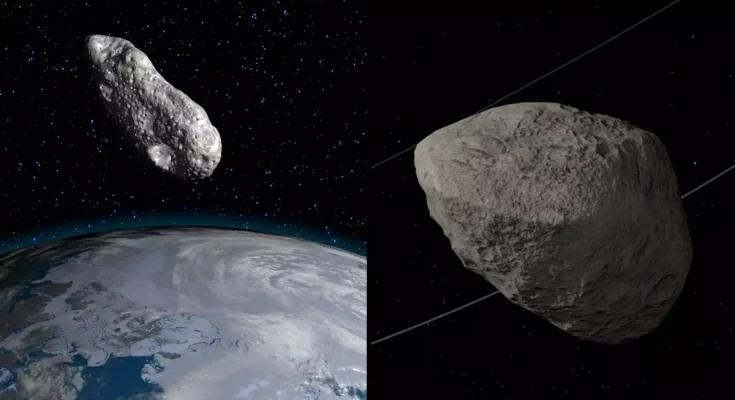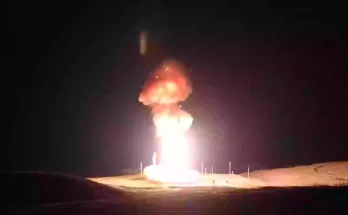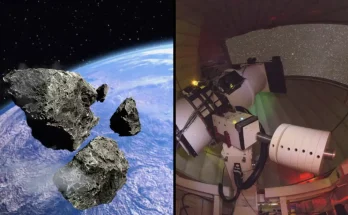You can track the ‘God of Chaos’ asteroid on NASA’s website, in case it heads our way
The huge asteroid known as the ‘God of Chaos’ that might be hurtling towards our planet has been revealed to have a live feed – if you wanted to feel any more paranoid.
In all seriousness, 99942 Apophis, a massive 340-metre-wide asteroid that was named after the Egyptian God of chaos and destruction is in space, heading in our direction.
If it were to hit Earth, the impact is similar to 1,000 megatons of dynamite – but there’s been an update on its progress, or several, courtesy of NASA.
It was said earlier this year by scientists that the asteroid will pass by our planet harmlessly on 13 April 2029, at a distance about 40,000km from our blue planet, while being confident that we wouldn’t suffer a collision.
But that was earlier this year.
No, we’re not all heading towards certain death, but Apophis’ trajectory could be altered according to a new study that was published in The Planetary Science journal.
All it would take is an object as big as two-feet (0.6m), and it could start heading in a different direction, as Canadian astronomer Paul Wiegert and co-author Benjamin Hyatt looked into the odds of this happening.
If it were to hit one of these objects, it could push the asteroid towards our planet, set to hit it around the ‘keyholes’ of 2029.
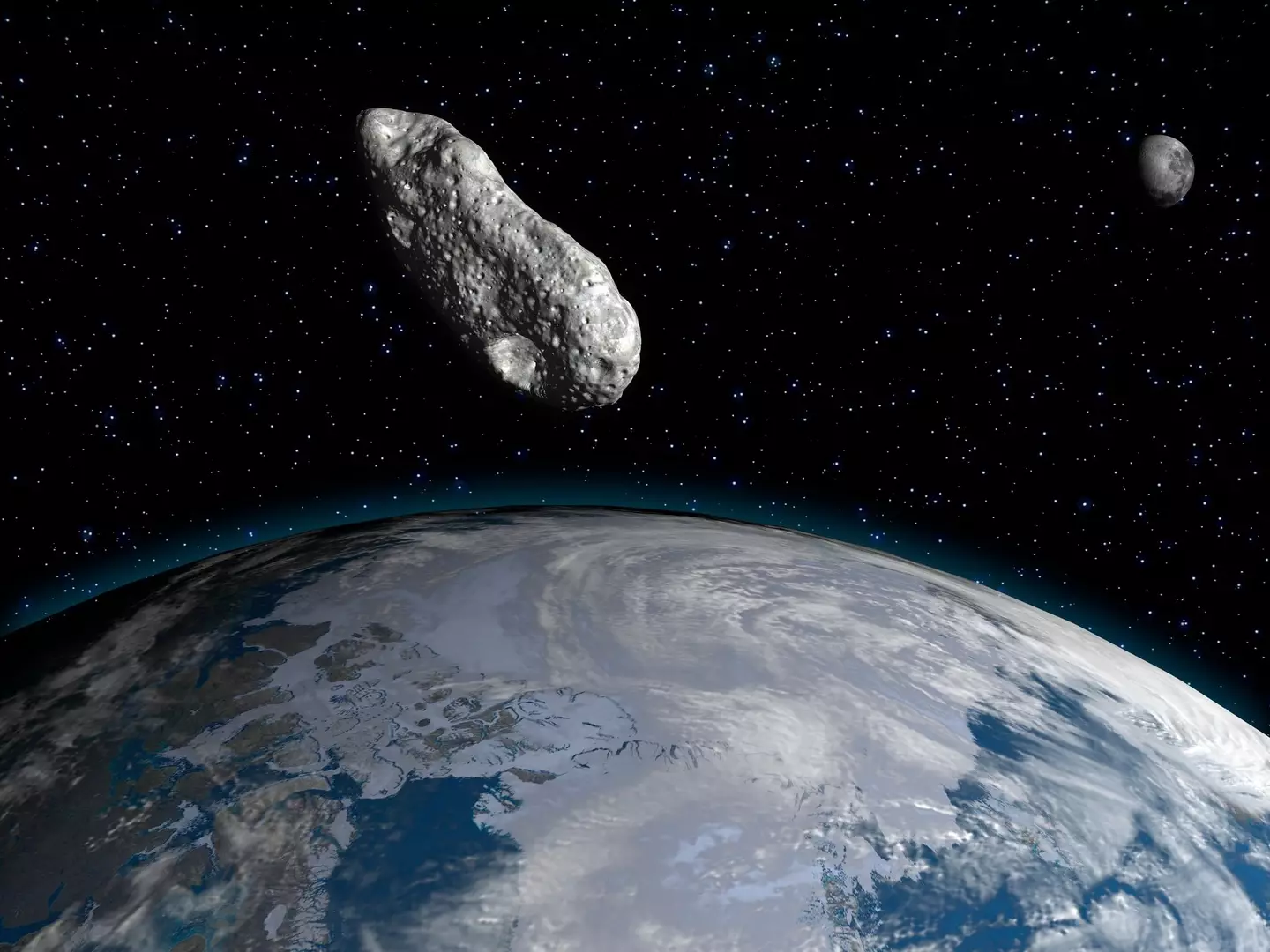
It might take just one object to send it hurtling towards us (JUAN GARTNER / Getty Stock Images)
However, before you start stockpiling and panicking, it’s worth noting that it could still collide with us at a later date (if at all), and for the ‘God of chaos’ to collide with us in 2029, it would need to hit something 3.4 metres in size.
Luckily, the odds of this happening are around 2.7 percent to be precise, so we can all breathe a sigh of relief.
But the asteroid is still on course to fly past us if all goes to plan, and if you’re interested in keeping up with its journey and its potential change of course, you can monitor it on NASA’s official website.
When discovered in 2004, it was identified as one of the most hazardous asteroids that could impact Earth, but on the asteroid’s tracking page, it states: “A radar observation campaign in March 2021, combined with precise orbit analysis, allowed astronomers to conclude that there is no risk of Apophis impacting our planet for at least a century.”
Though it is worth noting that the new study was only published on 26 August.
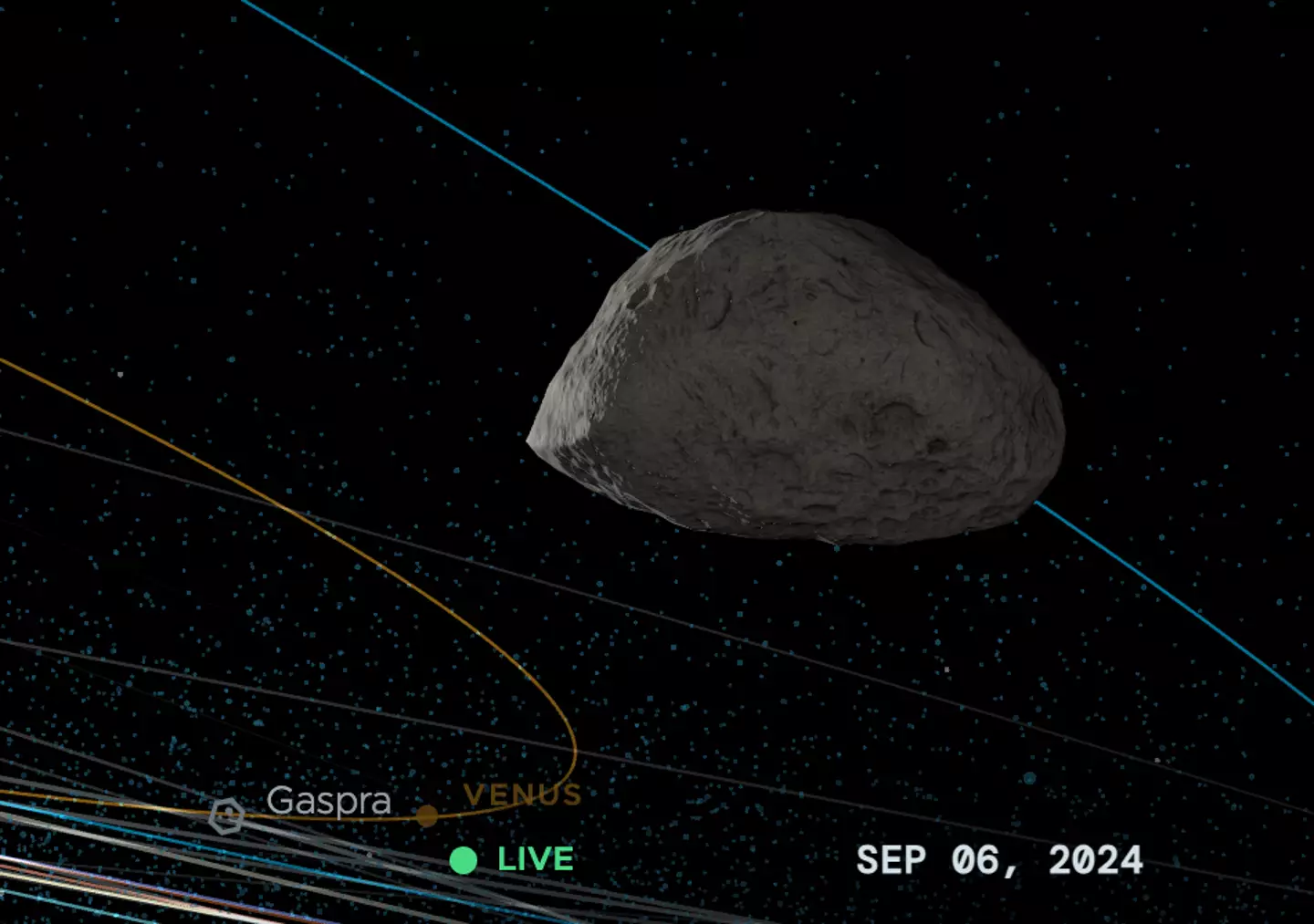
You can track the asteroid on the official NASA website, along with other discovered asteroids (NASA)
Astronomer Wiegert explained: “The odds of an unseen small asteroid deflecting Apophis enough to direct it into a collision with Earth in 2029 are approximately 10-8.
“Given that only 5 percent of such impulses are in the correct direction to generate an Earth impact, the overall probability of a small impact directing Apophis into a collision with the Earth is less than one in two billion.”
While this is all good news, he did also issue somewhat of an ominous warning.
“An additional element of the story is that Apophis has been largely unmonitored by telescopes since May 2021 and will remain so through 2027,” Wiegert continued.
“This arises simply because of the relative geometry of Apophis, Earth, and the Sun, which puts the asteroid in the daytime sky for the time span in question,” he concluded.
Featured Image Credit: Getty Stock Photo / NASA
